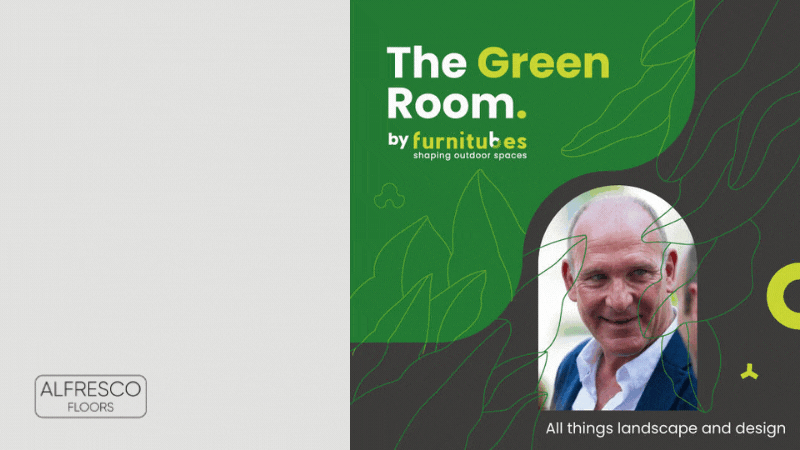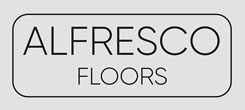
21 Mar Mike Wilderink Discusses Changes in Building Fire Regulations

Back in December 2021, our Managing Director, Mike Wilderink spoke on ‘The Green Room’ podcast – a monthly podcast hosted by Catherine Barratt of Furnitubes – which explores all things landscape architecture, urban design and street furniture.
In this post, we will summarise the takeaway messages Mike delivered in the podcast. If you’d like to listen to the full episode, click here.
Q #1 Summarise The State Of Fire Regulations In Our Industry And How They’ve Changed Over The Past Couple Of Years
The major change was the update to the Building Regulations for 2019. In particular, Approved Document B was amended to say that the external walls – which includes specified attachment of residential buildings over 18 metres – has to be constructed with non-combustible materials.
But since then, the Fire Safety Act has been updated to clarify responsibilities for fire safety in multiple occupancy buildings.
In 2020, British Standards released their Guide to the Design of Balconies and Terraces. They recommend that Fire Regulations are applied to all buildings over 11 metres in height.
Having said that, I think the industry takes a view, particularly with architects and due diligence on their part, that they tend to look at fire ratings starting from the first floor up for all new builds.
Q #2 What Brought About These Changes? And Then What Are The Knock-On Effects For Our Industry?
Over the years, there have been several tragedies involving high rise blocks, but obviously the catalyst for change has been the Grenfell disaster of 2017, which we all recognise.
The inquiry started the very next day after Grenfell. Dame Judith Hackett was appointed to lead the review which resulted in the Building of a Safer Future Report, or informally, The Hackett Report.
She and her team identified a cultural issue in the construction industry, which she called a ‘race to the bottom’, which is just a mixture of ignorance, indifference and lack of best practice, particularly from main contractors.

Q #3 What does B-Roof Mean?
There are two types of fire-rated applications. One for balconies; one for roof terraces.
A lot of architects don’t understand this difference, but with balconies, all the components that make up a balcony or system must be compliant to A1 or A2.
If it’s a roof terrace, the regulation is called B roof (T4). And many people don’t understand what T4 means. Simply put, the T4 is representative of the UK, whereas T1 is Belgium; T2 is France, and so on.
B roof aims to put in place a generic tested system which means every component within the system (e.g waterproof membrane, insulation, pedestal, support mechanism and final substrate) all have to comply and be tested as a complete system.
This makes for a very expensive approach and may lead decision-makers to find a loophole to cut corners.
Q #4 Explain A1 and A2 Fire Rating
Both A1 and A2 are compliant.
Products that are naturally A1 would be steel, aluminium, porcelain, natural stone and concrete.
If there are any changes to those products, for example, if you powder coat aluminium, that will have to be tested because of the smoke content. And once that is passed, it’s regarded as an A2 product because of the smoke droplets produced.
If it’s not powder coated, it doesn’t have a smoke content. Therefore, it’s A1, naturally.
Q #5 How Has Alfresco Floors and Buzon Responded to These Changes?
We’re at the forefront of these changes and we were the first to really orchestrate a movement in that field, particularly with CPDs to architects.
Across both Buzon and Alfresco, we have numerous fire-rated products that help architects and main contractors to remain compliant.
Q #6 What Specific Products Are There?
Porcelain has undergone significant product development in recent years. Now you can select from a multitude of different looks and finishes.
There has also been a big change in the aluminium deck board market. In the past, aluminium deck boards tended to be powder coated in a very industrial colour, making them quite bland. So, we’ve come up with new technologies to produce decking, cladding and soffit material that is aluminium, but powder-coated, to look just like timber. In fact, you’d be hard-pressed to tell the difference.
Q #7 Things to Avoid/Look Out For
There are products in the marketplace that we know do not comply.
It could be aluminium decking that’s not powder coated correctly, or the paint may produce a smoke content that’s too high.
Another example is with pedestals, and in particular, spacer tabs. Spacer tabs are required on a pedestal to separate pavers, for example, for rainwater outlets. Usually, they are plastic and will therefore not comply.
Some companies will look at the terminology and call this spacer tab a ‘gasket’ – or something similar – to get away with it. This is dangerous because it can catch fire and if it does, it will drip. And that drip value will set fire to insulation. We’re coming across this all the time. It’s difficult to make people understand this is not acceptable. You can’t change the terminology to fit your narrative.
It’s all about the quality of source and the integrity of the company in the first instance.
We do see some products on the market that don’t comply, and they don’t have any test certification. We must be very diligent about this – about having every single product tested from a loading perspective as well as a fire rating.
There have been instances where companies aren’t being asked for test evidence by landscape architects, in particular. I think they should have a Q&A to every supplier outlining how they comply with materials, as well as certification and testing for it. Companies like BRE and Warrington Fire are very well respected. They are the people that would give accurate solid certification that’s compliant for the UK market.
Q #8 How Can We Create A Safer Built Environment?
Starting right from the outset to get approval from further up the chain will not only make things safer, but save you a lot of time, too.
On larger builds, there will already be a fire officer or Building Control in place. It’s worth putting your ideas past them first. Ask them the direct questions, like How do fire ratings apply on this building?
This will give you a true menu of products. And you might be pleasantly surprised by the choice you have.
Q #9 What Would Be Your Message To Main Contractors?
Fire-rated issues are paramount and it’s something contractors shouldn’t dice with. Some of them still do. Having said that, I think they are all learning. The risk element is certainly a lot less than it used to be.
On-site recently, the NHBC refused to accept the pedestals in use on a project due to their plastic spacer tabs. That was quite refreshing to see. We like to work closely alongside companies like that. Similarly, we like working with companies like Rockwool and Foamglas who are leaders in the fire-rated insulation marketplace. It goes back to what I said before about working with companies that have integrity.
Conclusion
A very informative podcast, covering some crucial issues in the industry right now. Thanks to Catherine Barratt and Furnitubes for having us!
For further information on how you can achieve fire-rating compliance on your external flooring project, speak to an expert today.




Sorry, the comment form is closed at this time.